
How do i train my dog to be obedient?
Watching your dog dart across the park ignoring your calls isn’t just frustrating—it can put them at risk near busy streets or public spaces.
Bringing home a new puppy is full of joy, but potty training can feel overwhelming. New owners often wonder: When will my pup finally get the hang of this? The truth is, there’s no set deadline—every puppy learns at their own pace. Let’s break down what to expect, key factors that affect timing, and how to stay patient through the process.
Most puppies start training between 8–16 weeks old, when they’re ready to learn but still developing bladder control. A young pup needs to go often: every 30–60 minutes, plus after eating, sleeping, or playing. As they grow (and their bladder strengthens), the frequency decreases, but the real timeline depends on consistency, your puppy’s personality, and how quickly they adapt to routines.
Many owners hope for a “magic moment” when it all clicks. For most, noticeable progress comes by 4–6 months, but full reliability (no indoor accidents) can take 3–8 months. Small breeds may take longer due to smaller bladders; larger breeds often gain control faster. But remember: there’s no “right” speed. Some puppies master it in weeks, others need months—and both are normal. Focus on building trust, not rushing results.
Consistency is crucial. Stick to a schedule: potty breaks first thing in the morning, after meals/naps, and before bed. Use a designated spot (outdoor if vaccinated, or pads indoors temporarily) and a clear command like “go potty.” Reward successes with praise and treats—positive reinforcement helps them connect the dots faster.
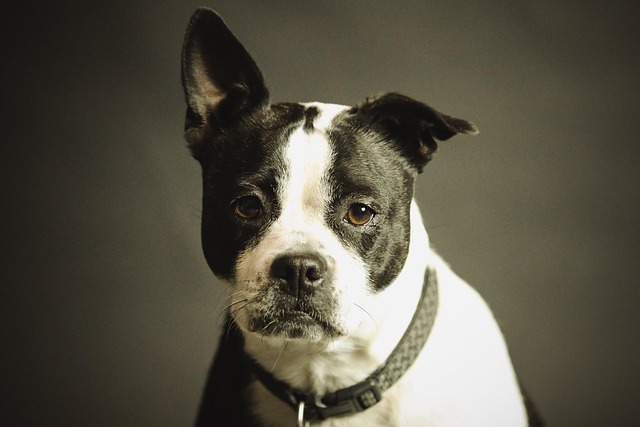 Vaccination status affects where you train. Until 16 weeks, puppies aren’t fully protected, so avoid public areas. Start with your yard or a safe indoor space. Once vaccinated, transition to outdoor spots, always cleaning up with biodegradable bags to follow local waste laws and be a responsible neighbor.
Vaccination status affects where you train. Until 16 weeks, puppies aren’t fully protected, so avoid public areas. Start with your yard or a safe indoor space. Once vaccinated, transition to outdoor spots, always cleaning up with biodegradable bags to follow local waste laws and be a responsible neighbor.
Accidents are part of the process—stay calm when they happen. Scolding can cause anxiety; instead, clean the mess with an enzymatic cleaner (to remove scent marks) and gently guide them to the correct spot. Over time, they’ll learn where to go.
Nighttime training is tough for tired owners. Most young puppies need 1–2 midnight trips. Use a crate near your bed as a safe den—never as punishment. If they whimper, take them out quickly, then back to sleep. As their bladder strengthens (around 4–5 months for many), they’ll sleep longer.
If progress stalls, don’t panic. Illness, stress, or inconsistent care can cause setbacks. If accidents spike after weeks of improvement, consult your vet to rule out health issues—prioritizing your puppy’s well-being is key to responsible ownership.
In Europe and America,outdoor training is standard, emphasizing cleanliness and respect for public spaces. Even if you start with pads, the goal is to transition outdoors safely. This aligns with community expectations and helps your puppy adapt to real-world routines.
Potty training is more than avoiding messes—it’s about communication and bonding. Celebrate small wins, be kind to yourself on tough days, and trust that every accident is a learning opportunity. Your puppy relies on your patience, and with time, they’ll master it.
So, how long does it take? As long as your puppy needs—and that’s okay. Stay consistent, stay positive, and remember: the early challenges are temporary. One day, you’ll realize they’re reliably using the potty spot, wagging proudly. Until then, cherish the journey—you’re building a foundation of trust that will last a lifetime.

Watching your dog dart across the park ignoring your calls isn’t just frustrating—it can put them at risk near busy streets or public spaces.

New puppy owners often find themselves rushing to clean up accidents before they set in, and that’s where puppy pad training becomes a game-changer.
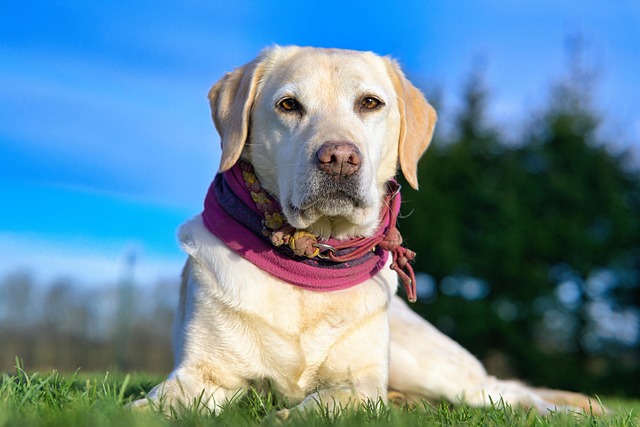
If you've noticed your dog's waistline disappearing and your veterinarian has mentioned those few extra pounds, your first instinct might be to simply reduce the amount of food in their bowl.
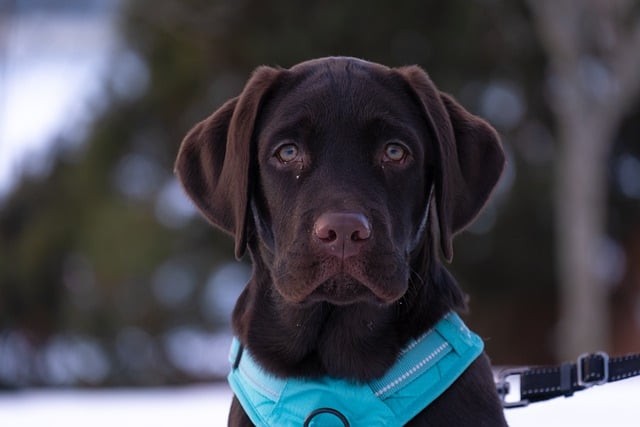
Training a dog to use a designated spot indoors isn’t as daunting as many new owners fear, but it does take consistency and an understanding of your pet’s needs.
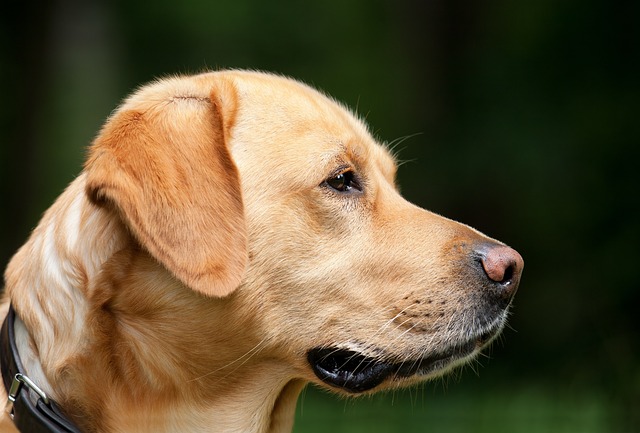
That moment of dread on a walk is all too familiar for many new dog owners. You see another dog approaching down the sidewalk of your neighborhood
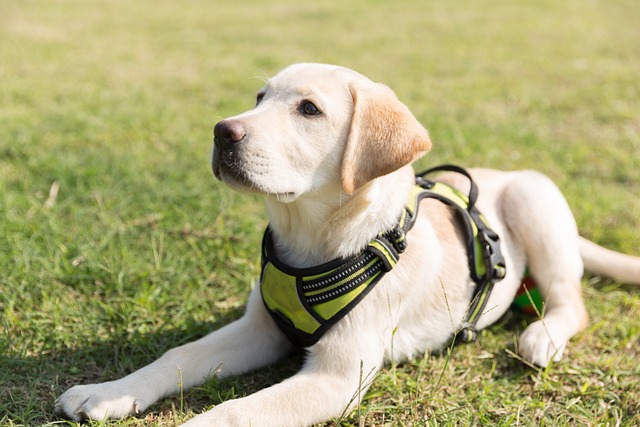
If the sight of another dog on your neighborhood walk makes your heart sink as your own dog erupts into a frenzy of barking and lunging, you're not alone.